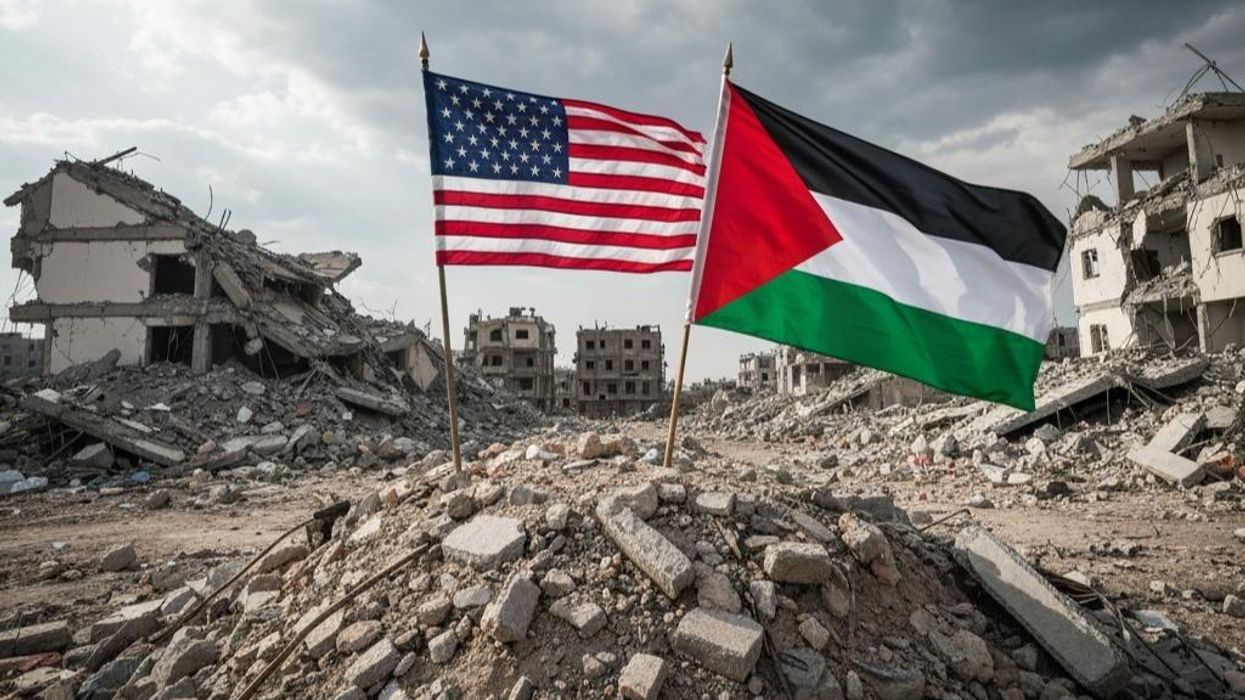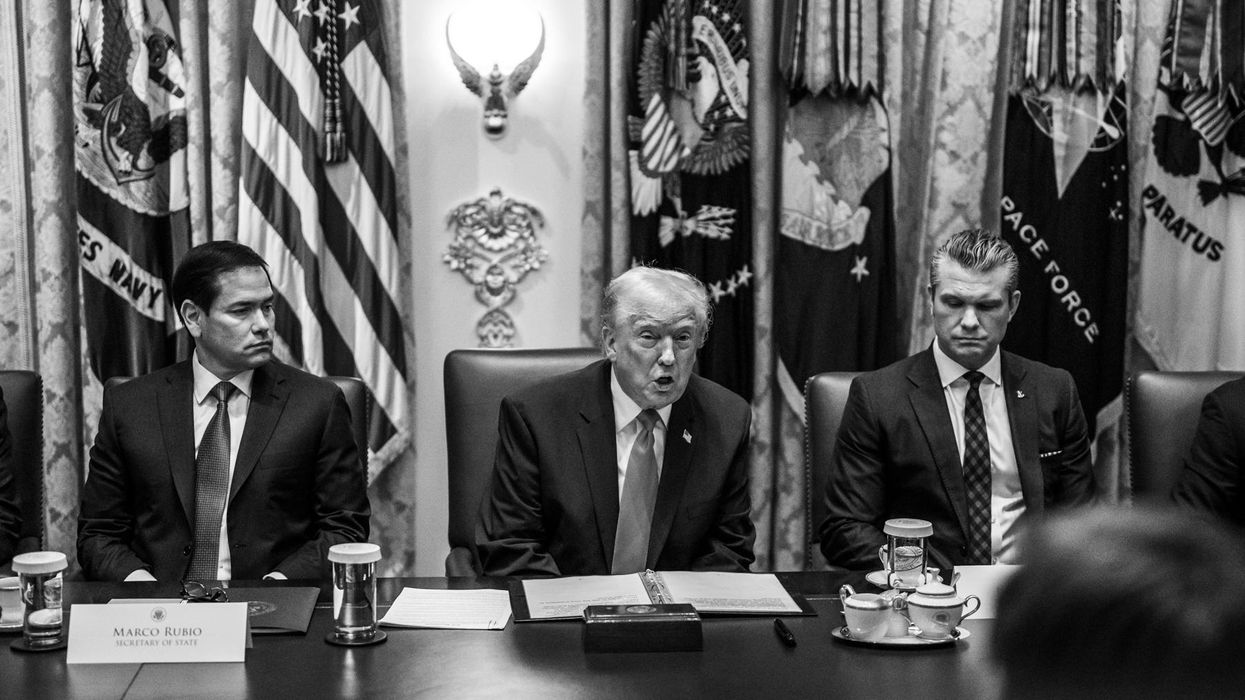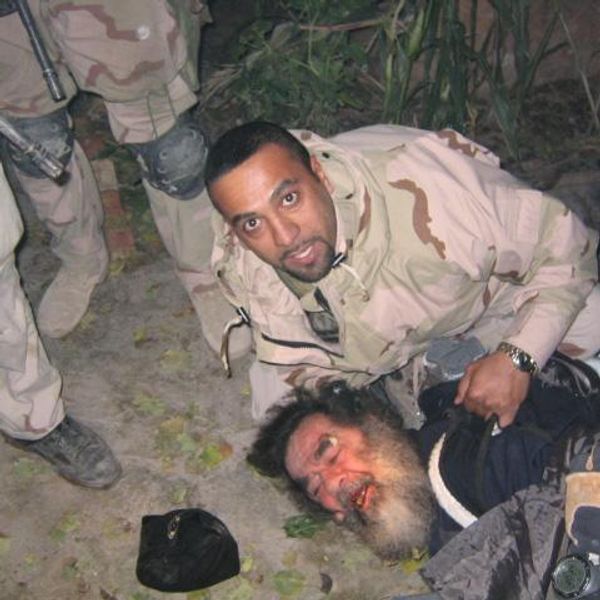The controversy surrounding the U.S. government’s assassination of Qassem Soleimani, the general now formerly commanding the Iranian Quds Force, is well-merited on its own terms. The shifting rationales, the claim of an “imminent threat” of attack against U.S embassies (pure nonsense given the fact that the killing was authorized seven months before), and the Trump administration’s general dissimulation on the subject, all imply the thoughtlessness of the action. But even if we had a president with the virtue of a saint and an enemy in league with Satan, assassination as a state policy would still probably be unwise.
President Gerald Ford was well-advised when he ordered an end to U.S.-sponsored assassination as an act of policy in the wake of the Rockefeller Commission’s investigation of CIA assassination schemes. Incidents like the killing of Congo’s Patrice Lumumba (in which the CIA had a murky and indirect role) or the taking out of the Dominican Republic’s dictator Raphael Trujillo, hardly brought stability to either country.
What everyone remembers from the commission report, though, was the semi-comic Keystone Kops aspect to the multiple botched assassination attempts on Cuban dictator Fidel Castro. This is a pity for reasons that transcend what would have happened had one of the attempts succeeded (Fidel would in all probability have been succeeded by his brother Raul or some similar paladin, and Cuba’s policy vis-à-vis the United States would have merely become even more hostile).
Arguably the worst domestic effect of the Castro assassination plot was that its revelation added just enough plausibility to the conspiracy theories that had been circulating for a decade about the murder of President Kennedy. If the government really had tried to kill Castro (and the government was admitting it), wasn’t the death of Kennedy simply a monstrous blowback? It did sound rather convincing, and even the House Committee on Assassinations, along with a degree of waffling, ended up saying that, yeah, JFK probably was killed by some conspiracy or other, if not by Castro, then the CIA, the Mafia, or [insert favorite bogeyman here].
The JFK assassination, of course, is both the granddaddy of postwar American conspiracy theories and the gateway drug for millions of zealous conspiracy buffs who generally proceeded on to cattle mutilations, faked moon landings (but real UFOs), 9/11 Truther-ing, Obama-as-Kenyan, Pizzagate, and Q-Anon. As a glance at the contemporary American political scene will rapidly verify, the government’s pumping up the plausibility of paranoid views by its own behavior arguably did more long-term damage to the mental health of the country (and hence to our own national security in the broadest sense) than any outside threat ever could have.
(Author’s note: For the record, this writer believes President Kennedy was fatally shot by Lee Harvey Oswald, and a conspiracy of the type commonly advanced by grassy knoll buffs is not supported by evidence. He is, however, willing to entertain hypotheses that are consistent with known facts, do not defy the laws of ballistics or forensic pathology, and contain independently verifiable evidence).
When we step back and take a more global view, political assassination does not seem to have made the world a better place. The mother of all assassinations, of course, was the plot by a faction of the Serbian military to murder the Austrian Archduke Franz Ferdinand. Those reactionary conservatives who mourn the passing of the undisputed dominance of the Western world and the old order that ruled it would do well to reflect on what flowed from the events on that fateful day in Sarajevo a hundred years ago.
Franz Ferdinand was actually a liberal by the standards of the Austrian Habsburg monarchy, so his forcible removal hardly made sense from the standpoint of gaining rights and privileges for the Slavic subjects of the Austrian Empire. But, of course, improving conditions for people in real time is never the actual objective of those who employ violence as a political tool; they seek to “sharpen the contradictions,” expose the enemy as an oppressor, and create mayhem for the same reasons vandals destroy property: for its own sake. Hence millions of people were butchered like livestock in a slaughterhouse because of the brainstorm of some obscure Serbian colonel. He probably died believing he had performed a righteous deed.
Franz Ferdinand was a bit of an anachronism in his plumed headdress and old Austrian gentility, but what about a genuine monster whose passing no one would regret, a political assassination whose basis was morally unimpeachable?
The man in question would be Reinhard Heydrich, the euphemistically-named “Reichsprotektor” of Bohemia and an architect of mass murder. British intelligence correctly fingered him as one of the worst characters in the Third Reich; the Czech government in exile agreed to their plan. A Czech hit team was sent to assassinate him, and Heydrich was duly dispatched. But what were the results?
In the inevitable reprisals, 13,000 people were arrested and up to 5,000 murdered. At the village of Lidice, which was falsely linked to the assassination, 199 men were killed, 195 women were deported to Ravensbrück concentration camp and 95 children seized. Eighty-one of them were then killed at Chełmno extermination camp. The village of Ležáky was destroyed because a radio belonging to the Czech hit squad was found there. The whole population of Ležáky was murdered, both villages burned, and the ruins of Lidice razed.
Heinrich Himmler appointed Ernst Kaltenbrunner, an equally efficient killer, to take over Heydrich’s SS functions, and the Nazi policy of extermination continued undiminished. Ever since, the assassination has been praised as a sign of brave Czech resistance to Nazi rule, but it must also be admitted that it did not change the course of the war in the slightest, nor did it put a dent in the Nazis’ plans for extermination.
With results so mournful even in the service of a righteous cause, it is hardly likely that acts of assassination undertaken by an impulsive and ignorant Trump administration will lead to a happy result.
But if there is any more salubrious lesson to be drawn from this episode, it may be that the American public, which has “rallied ‘round the flag” with monotonous regularity no matter how transparently threadbare the purported foreign crisis ever since the Tonkin Gulf incident, may finally be coming to its senses. A solid majority of Americans disapproves of the president’s handling of Iran.
















